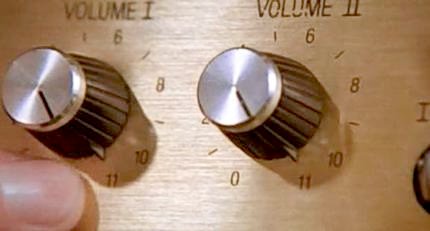|
What are they, what are they for and how do they stack up? We explain. |
 Potentiometers are marked with an "A" for logarithmic taper, a "B" for linear taper or "C" for the rare reverse logarithmic taper. TIP: If you need a reverse taper they are commonly used in one half of 'balance' controls.
Potentiometers are marked with an "A" for logarithmic taper, a "B" for linear taper or "C" for the rare reverse logarithmic taper. TIP: If you need a reverse taper they are commonly used in one half of 'balance' controls.
Devices with real HiFi quality often use 'so-called' LOUDNESS or 'physiological' volume control. Human hearing is not equally sensitive to all frequencies, especially for quiet sounds, as it is much less sensitive for low and high frequency signals than for middle frequency signals. The LOUDNESS controller works so that the lower the volume, the more it emphasizes low and high frequency signals.
Treble Bleed: Introduced by Fender, provides HALF the function of 'Loudness' in that it boosts treble frequencies (only) at lower volume. Thus a guitar performer's sound can still 'cut through' at lower levels.
Loudness: It does treble bleed PLUS bass boost at lower volumes fleshing out the tonal range. It is also VERY EFFECTIVE on voice. BONUS! You may do not need tone controls at all!
My verdict: For a few very cheap extra parts, at around a pound, you get a more satisfying result.

 Volume controls are in practically all audio devices - simple amplifiers, TVs, and REAL Fender guitars, all use logarithmic potentiometers for volume and linear ones for tone controls, but, what are Loudness and Treble Bleed controls?
Volume controls are in practically all audio devices - simple amplifiers, TVs, and REAL Fender guitars, all use logarithmic potentiometers for volume and linear ones for tone controls, but, what are Loudness and Treble Bleed controls?